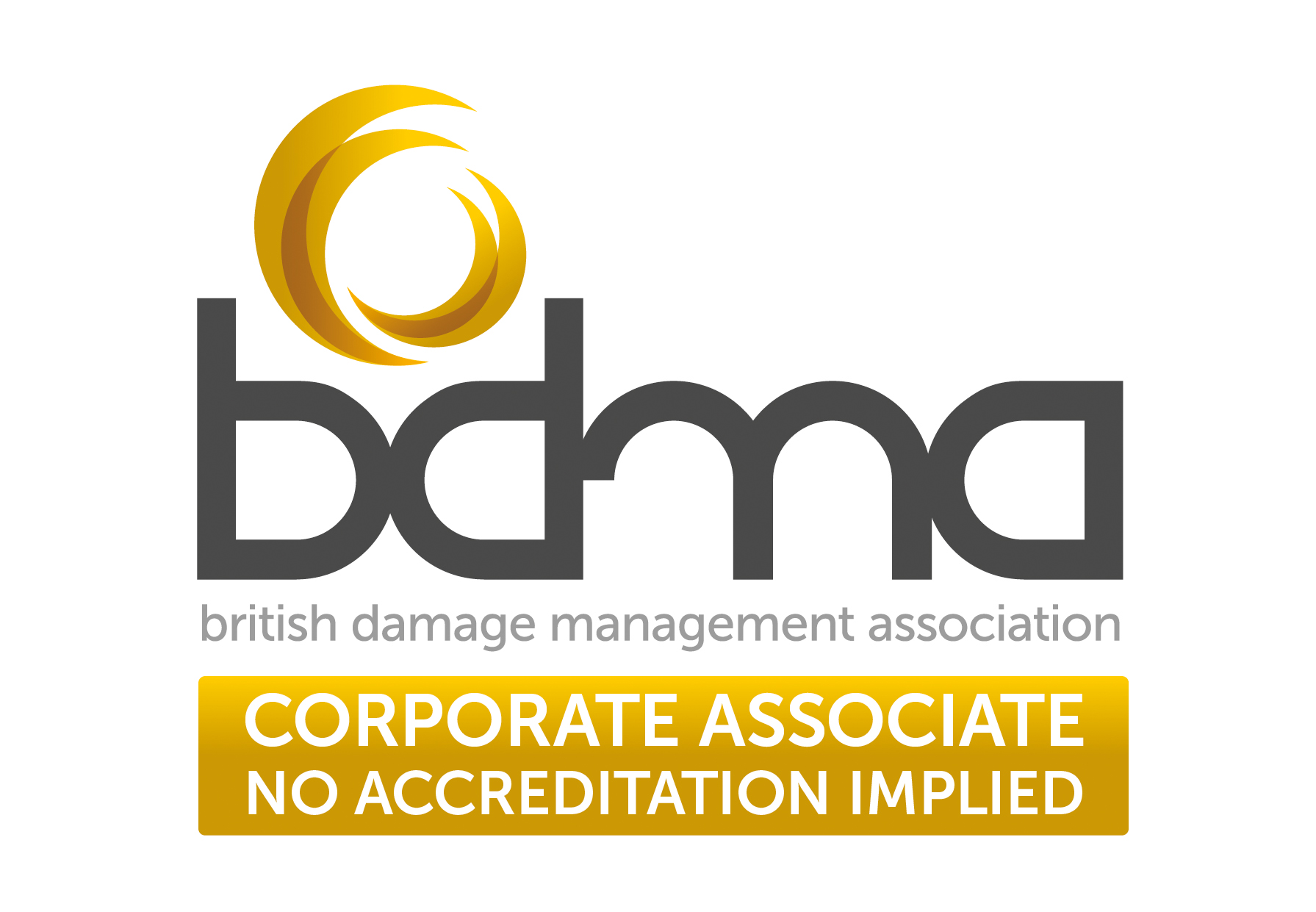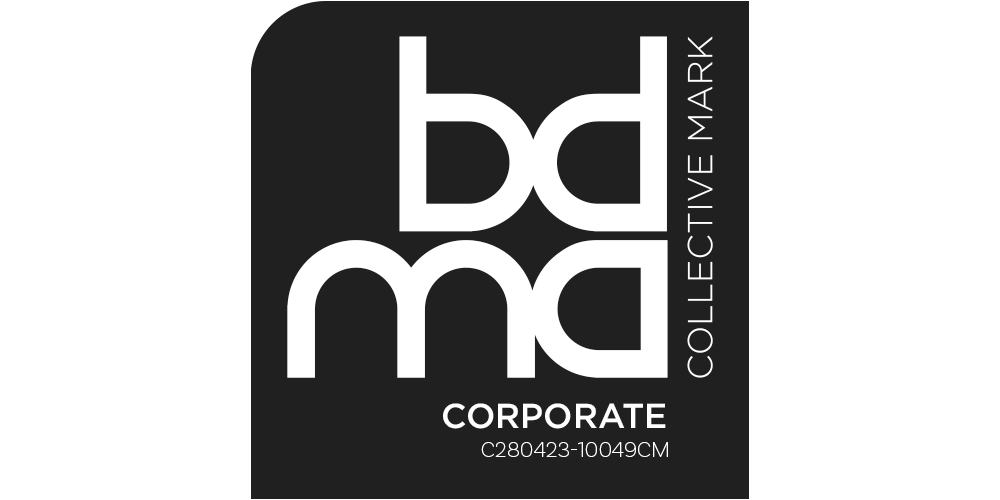Ingress of Rainwater into a Residential Property
Background
We were contacted in May 2021 by a homeowner in Kingston Upon Thames who had experienced an ingress of rainwater into his property.
The property was undergoing a roof replacement when the incident occurred. It appeared that the weather protection had been either defective or incorrectly installed by the roofing contractor. This resulted in an ingress of rainwater into two properties.
We arranged to attend the property to complete a full risk assessment and site survey in order to produce a remediation proposal, to prevent any secondary damage from occurring.
Outcome of Site Survey
We attended the property on the 13th May to complete a visual and thermal imaging inspection and a non-invasive moisture survey. These were used to determine the locations where moisture was present and also the level of moisture present.
A number of rooms had been affected, to varying degrees. On the first floor, the bathroom, study and one bedroom had sustained water damage. On the ground floor, the open plan kitchen and reception room had also sustained damage.



In the study there were cracks showing between the coving and the ceiling. There was also a fitted unit that had sustained water damage, resulting in the swelling of the chipboard. Very high moisture readings were also taken, leading us to determine the unit was beyond economical restoration (BER) and would need replacing.



There was visible water damage to the stud walls between the bedroom and the landing and the bedroom and the bathroom. Very high moisture readings were also recorded in both of these areas.
Fortunately, there was an air vent installed above the doors which meant most of the wall had dried out naturally. There were however, very high moisture readings above a fitted wardrobe which was against the wall between the bathroom and bedroom, the results indicated that moisture had spread behind the fitted wardrobe.
The open plan kitchen and reception room had sustained damage in the form of water stains and the cracking of plaster finish on the ceiling in multiple locations. Elevated to very high moisture readings were recorded in the visibly water damaged areas.
As the roof of the building had been removed, the ceiling void on the first floor was exposed, this allowed the plasterboard on the ceiling to dry unassisted. However, the affected sections of the partition walls and floor required restorative drying to remove excess moisture from the cavities and sub-floor void.
Restorative drying was critical in order to prevent outbreaks of mould growth and deterioration of the flooring and plasterboard walls.
Our main concern was the stud wall between the bedroom and bathroom, as high moisture levels have been recorded on both sides of this wall. The high moisture levels within the cavity would almost certainly lead to the deterioration of the plasterboard and could potentially lead to debonding of the wall tiles in the future.
Our Solution
Following the site survey and risk assessment, we put forward the following proposal:
- Electrical safety check to be carried out by a qualified electrician.
- The wall between the bedroom and bathroom should be dried from the bedroom, which will allow the wall tiles in the bathroom to be left in situ.
- Removal of the fitted wardrobe to facilitate the drying of the wall dividing the bathroom and bedroom.
- Removal of the damaged section of plasterboard ceiling (approx. 1m2).
- Removal of the water damaged fitted unit in the study, to allow moisture behind the unit to be assessed.
Removal of moisture from the enclosed wall cavities cannot be achieved by simply installing dehumidifiers in the rooms affected, as this will only remove moisture from the surface and not from within the walls. We therefore suggested the following;
- 16 mm holes to be drilled at the top of the affected walls and then ducting dry air into the cavity from adsorption dehumidifiers.
- Ducting in dry air from adsorption dehumidifiers into the ceiling void in the open plan kitchen and reception area via spotlight and 16mm holes.
To remove excess moisture from the affected areas, we used the following drying equipment:
- X2 Dri-Eaz 1200 Condensing Dehumidifiers
- X2 Corroventa A4 ESX Adsorption Dehumidifier X2 Corroventa T2 ES Turbine
- X2 Corroventa C16 wall/ceiling piping kit
Due to the high moisture levels within the ceiling and wall cavities, the drying process took 14 days.
Once the excess moisture had been removed from all of the affected areas, renovation works could begin.
If you have experienced an ingress of water to your property, contact our team as soon as possible to arrange a site survey for water damage remediation.








